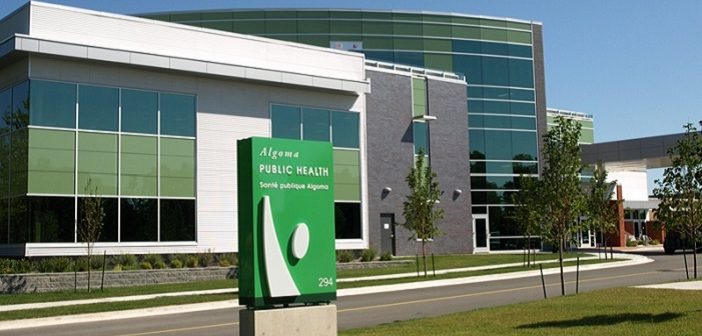Editor’s Note: The presence of blastomycosis in the Sault Ste. Marie area was brought forward by a concerned reader who has knowledge of a recent tragic loss of life brought on by complications associated with the disease. Our condolences are extended to this family during this sorrowful time.
*****
Three cases of blastomycosis have recently been reported to the Algoma Public Health (APH) this month. John Buoma, Program Manager for Environmental Health and Communicable Disease Control at APH, confirmed that four weeks ago, APH alerted local physicians to watch for signs and symptoms and to consider blastomycosis in diagnosis.
Blastomycosis is a rare fungal infection caused by a mould called Blastomyces. The fungus loves decomposing wood and leaves, and moist, acidic soil that is found throughout the province and especially along the Great Lakes. Though blastomycosis can be acquired through superficial scrapes or cuts, it is more commonly acquired through the inhalation of fungal spores. Where the fungus is viable, exposure to blastomycosis can occur when gardening, chopping wood and participating in the many activities that attract people outdoors in the summer and fall.
Worth mentioning is that pets, and in particular, dogs, are susceptible to blastomycosis. “Veterinarians are the ones that most often see this,” remarked Buoma. “Vets are more blasto experts than health care practitioners because it’s more commonly seen in dogs. Dogs have their noses in everything.”
Those with blastomycosis present flu-like symptoms and while the condition often resolves without treatment and often without the sufferer even knowing they had contracted the infection in the first place, there are instances when people do become seriously ill from the infection. If left undiagnosed and untreated, blastomycosis can lead to death.
According to Buoma, administering an anti-fungal drug prescribed by a physician is a quick and effective cure of blastomycosis. The challenge, therefore, is not in treatment but in diagnosis.
“It’s not hard to diagnosis in terms of testing but it’s hard to suspect this disease because it’s such a non-specific disease. It looks like any other flu-like illness –fever, chills, cough, which is obviously very prevalent at this time of the year,” remarked Buoma. “When back-to-school starts there’s a lot of cold-like viruses that circulate and that’s quite normal. And flu season is starting very soon in Ontario –so it muddies the water. Practitioners would not think to suspect this disease. The only kind of suspicion is when someone doesn’t recover from a cold-like illness after a couple of weeks and that’s when physicians start thinking that maybe this could be a cause.”
Three cases of blastomycosis in the Sault Ste. Marie area may not sound like a big deal but that the diagnosis of the infection is very rare makes this an uncommon and significant local matter.
Buoma did not confirm if any of those three cases of blastomycosis had resulted in loss of life. On the matter of health professionals reporting to APH regarding diagnosis of blastomycosis, Buoma did remark, “We’re only notified if there are serious cases by a hospital or a doctor and they are not required to do so.”
As Buoma explained, under the Health Protection and Promotion Act, blastomycosis is not classified as a reportable disease. And that point also underpins the challenge in establishing a baseline in terms of the true scope of cases of blastomycosis in the province and locally. Without legislated requirements for testing and reporting of blastomycosis it is difficult to determine if the infectious disease is rare or just under reported.
“There are fifty-five reportable diseases now and blasto is not one of them so it makes it tricky to get accurate, local numbers. We’re relying on local practitioners to let us know and then we would act on it immediately,” explained Buoma. “And we did that on the same day we were notified that there was a cluster of people diagnosed with blasto in the area. We let the people in the health community know that they need to be aware of its presence.”
The province reviews the outline of communicable diseases that are designated as reportable every couple of years. Buoma acknowledges that the province makes the final decision regarding what diseases should be regulated but also shared his thoughts as to whether or not blastomycosis should be included on the list of reportable diseases.
“There’s certainly an argument for it,” commented Buoma. “The true baseline for blastomycosis is not known. The argument against it is that we don’t hear of it very often and that it’s not worth the effort. But I would love for it to be reportable and Northern health units around the Great Lakes would probably argue for it to be reportable. If this trend continues, I think that this would be a clear argument that perhaps with climate change we could see different diseases, like blastomycosis, increase. If this happens year after year, I could see this becoming reportable.”


